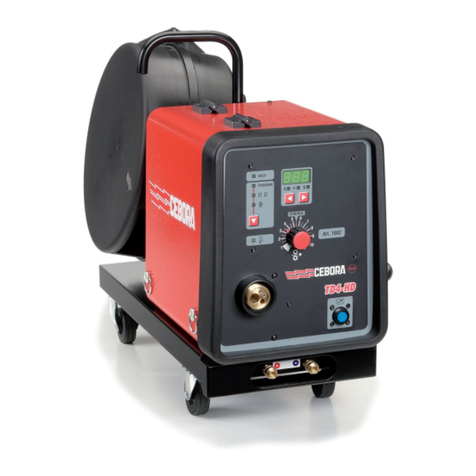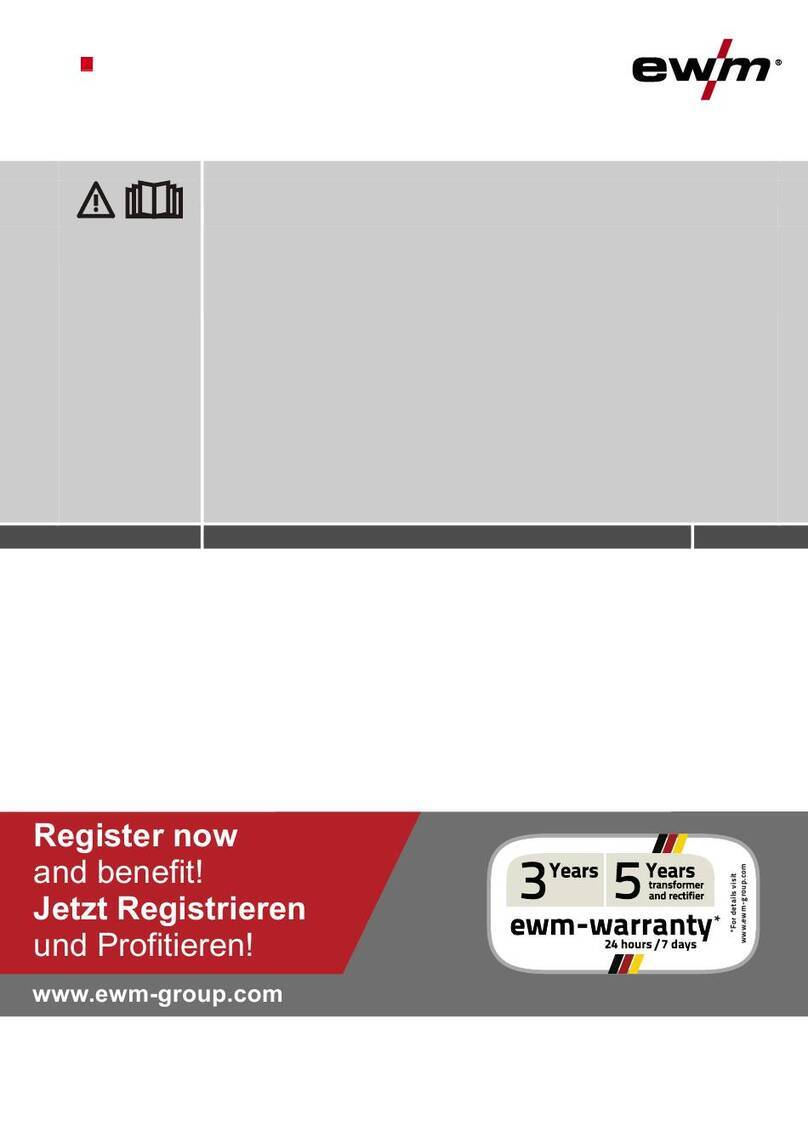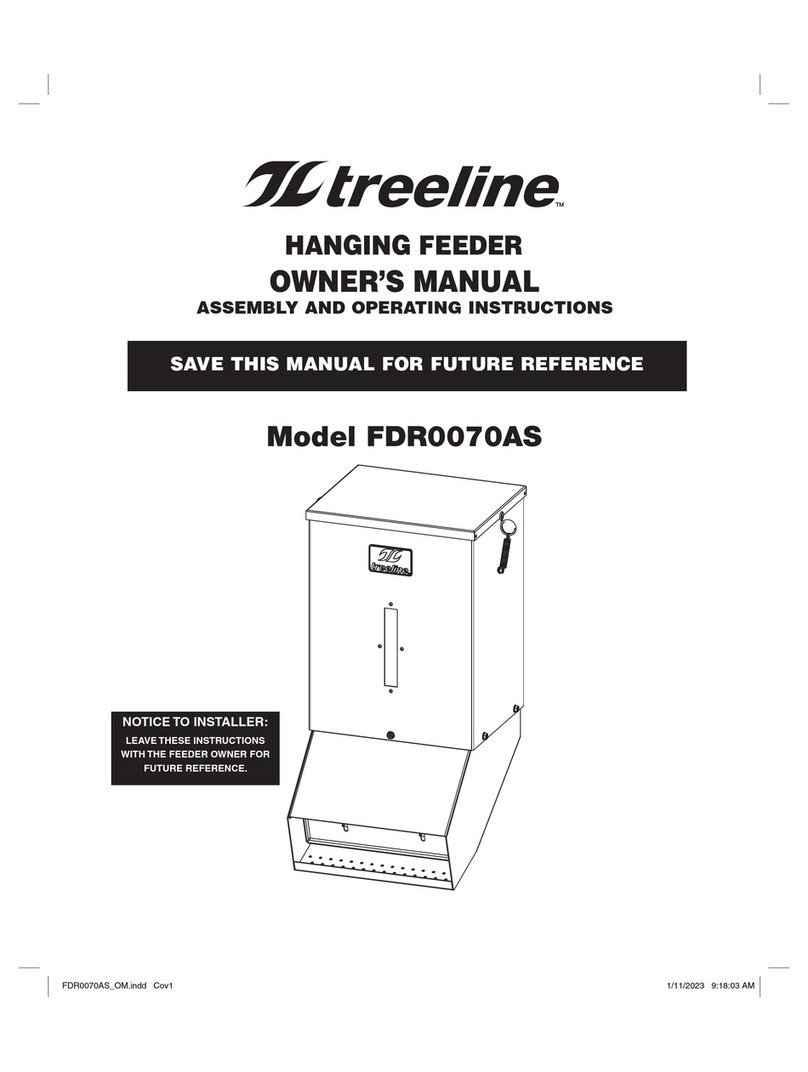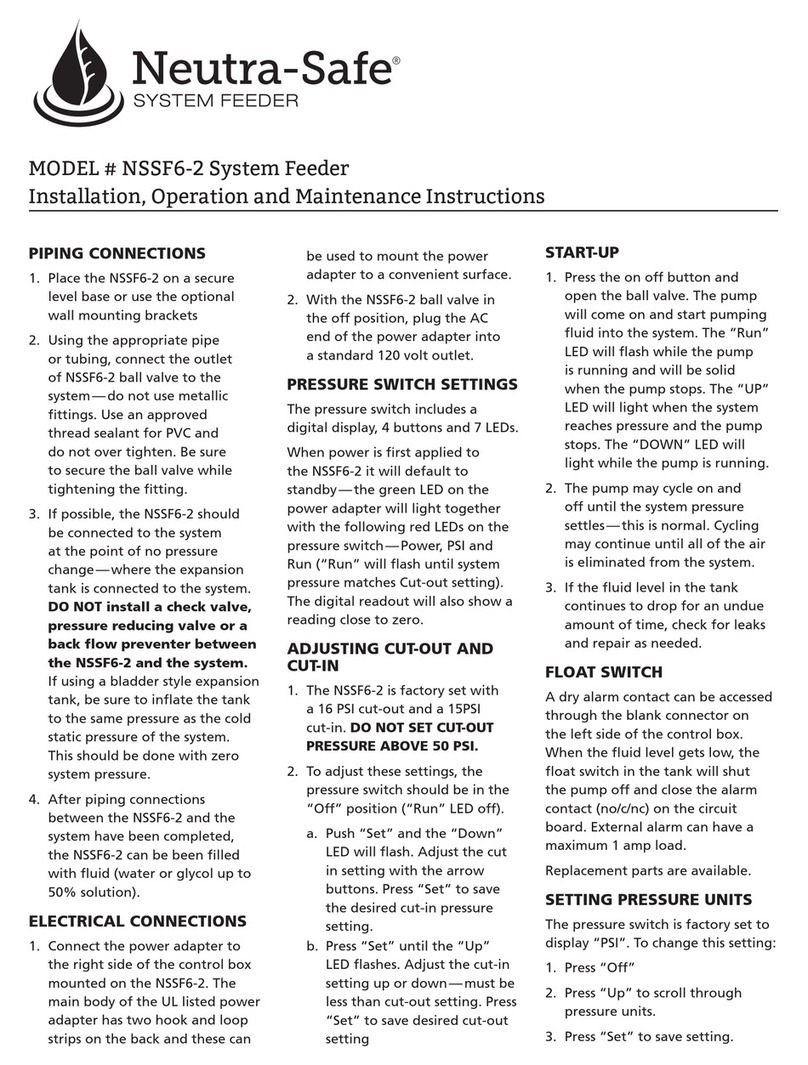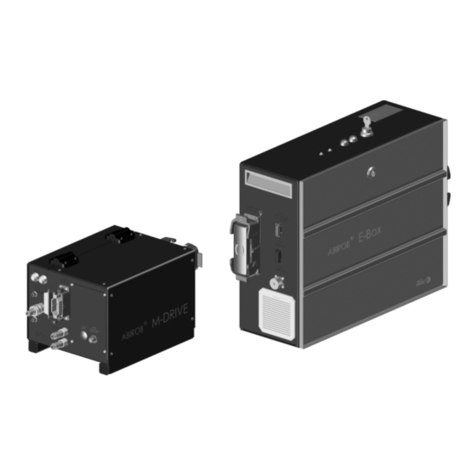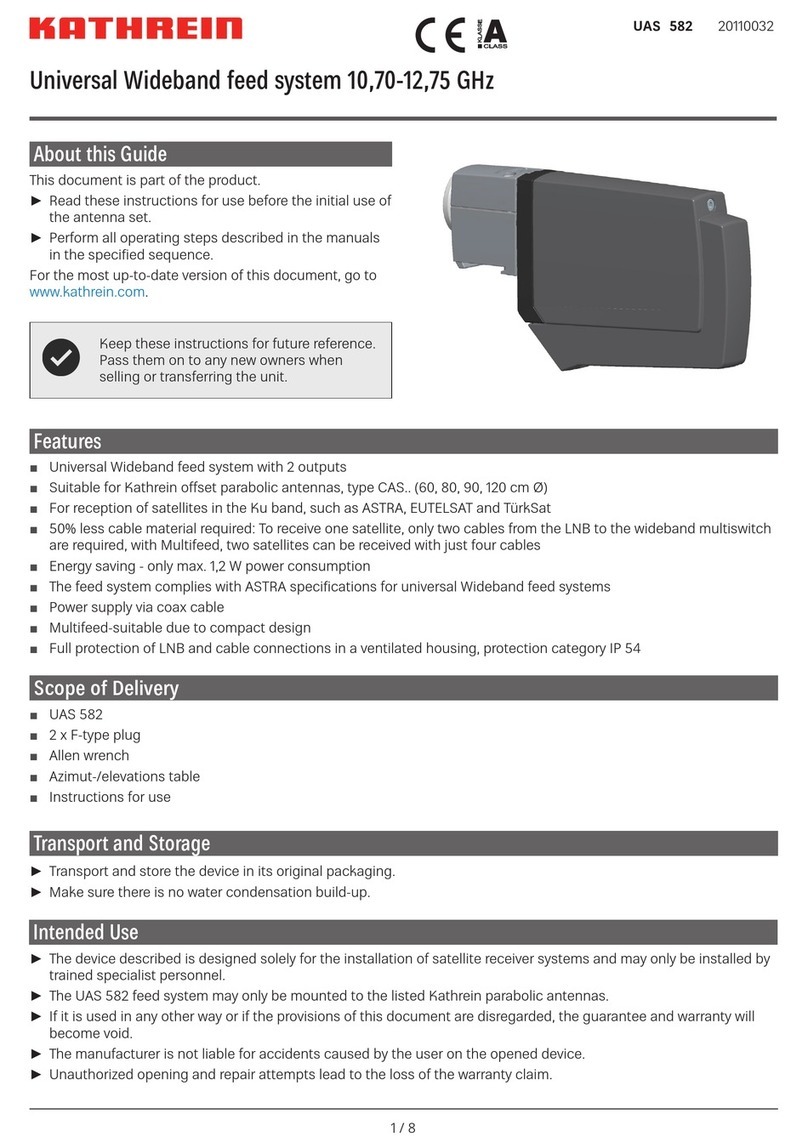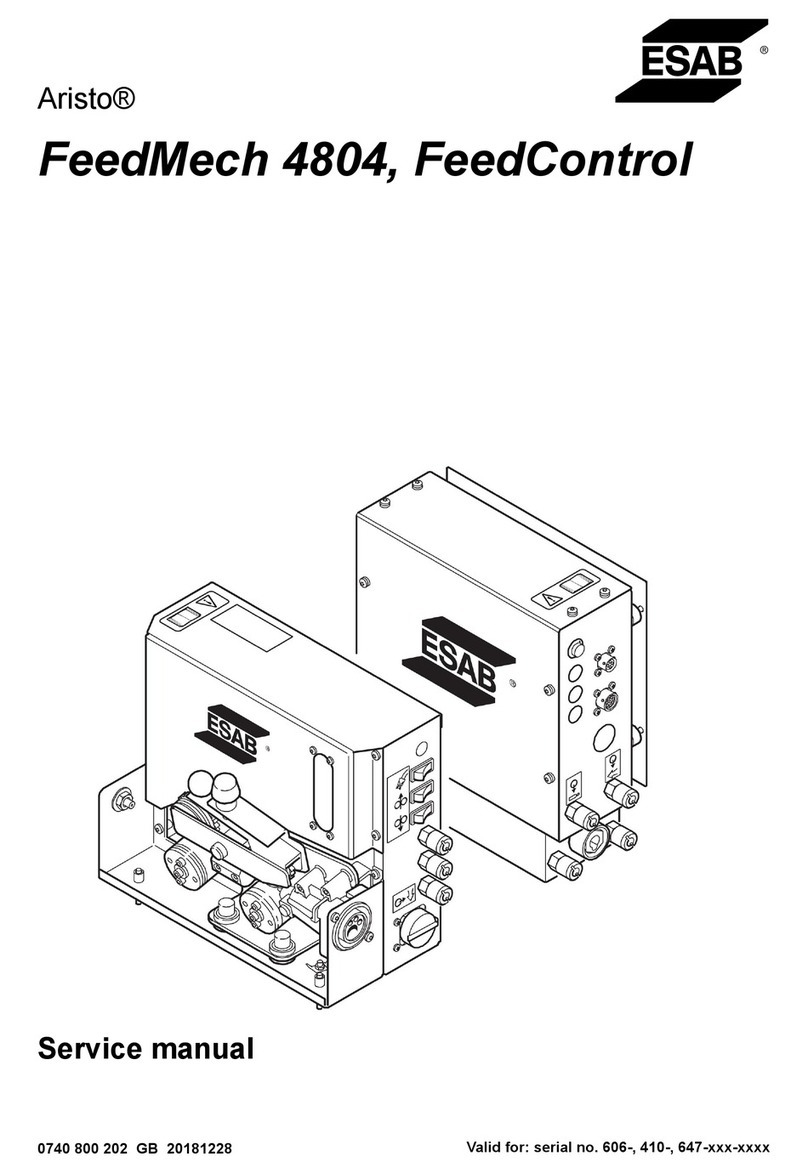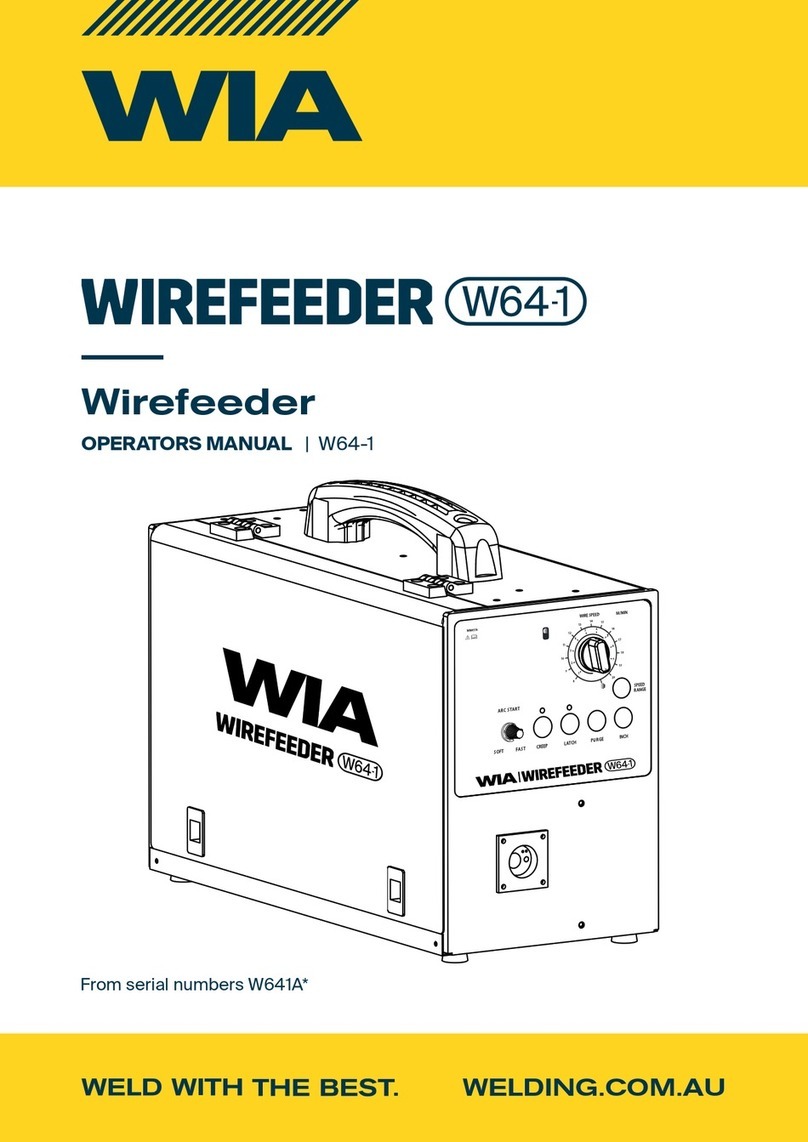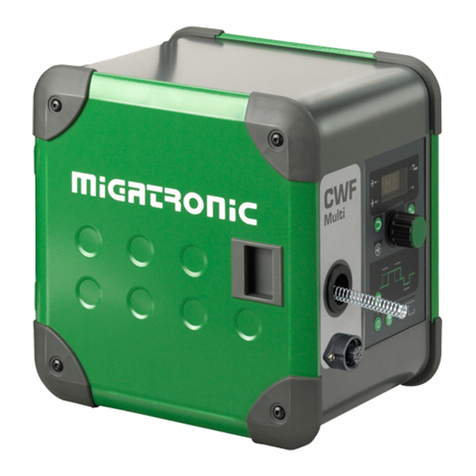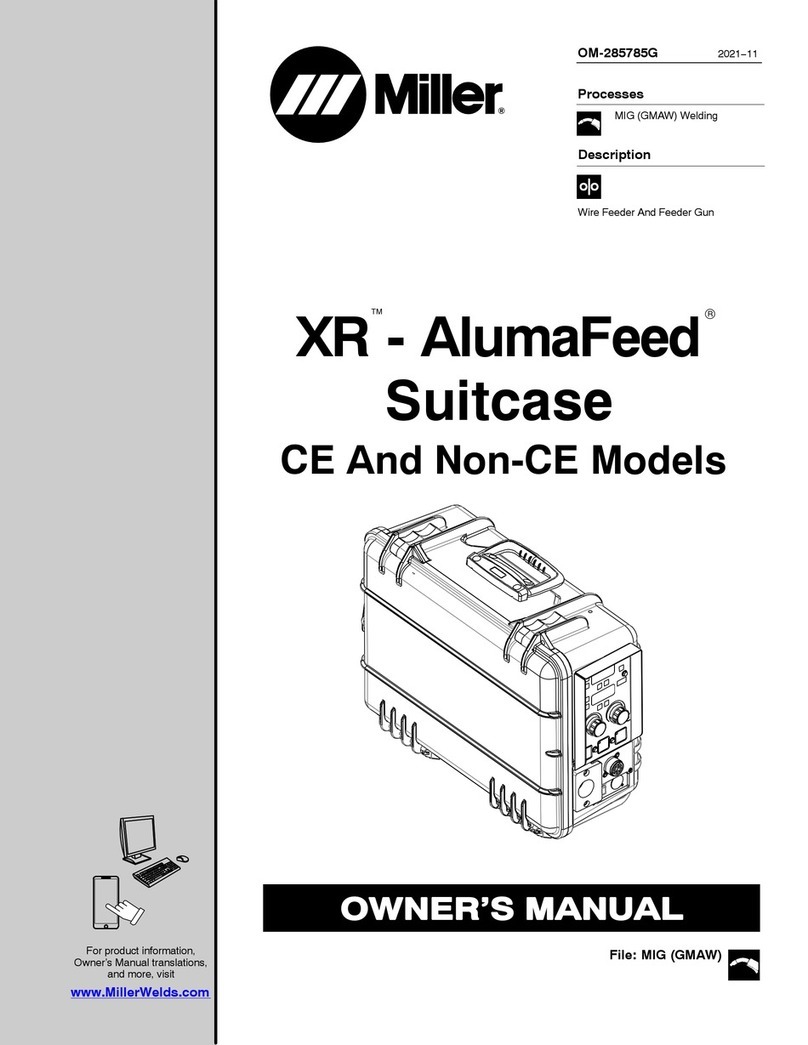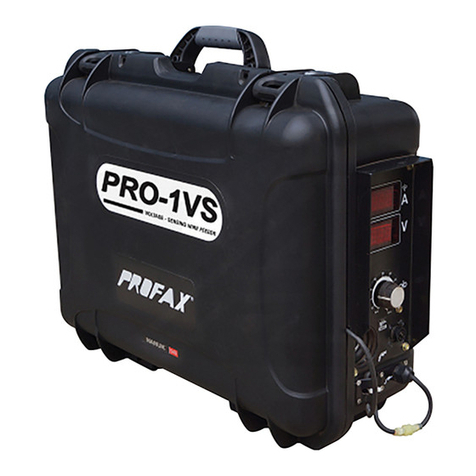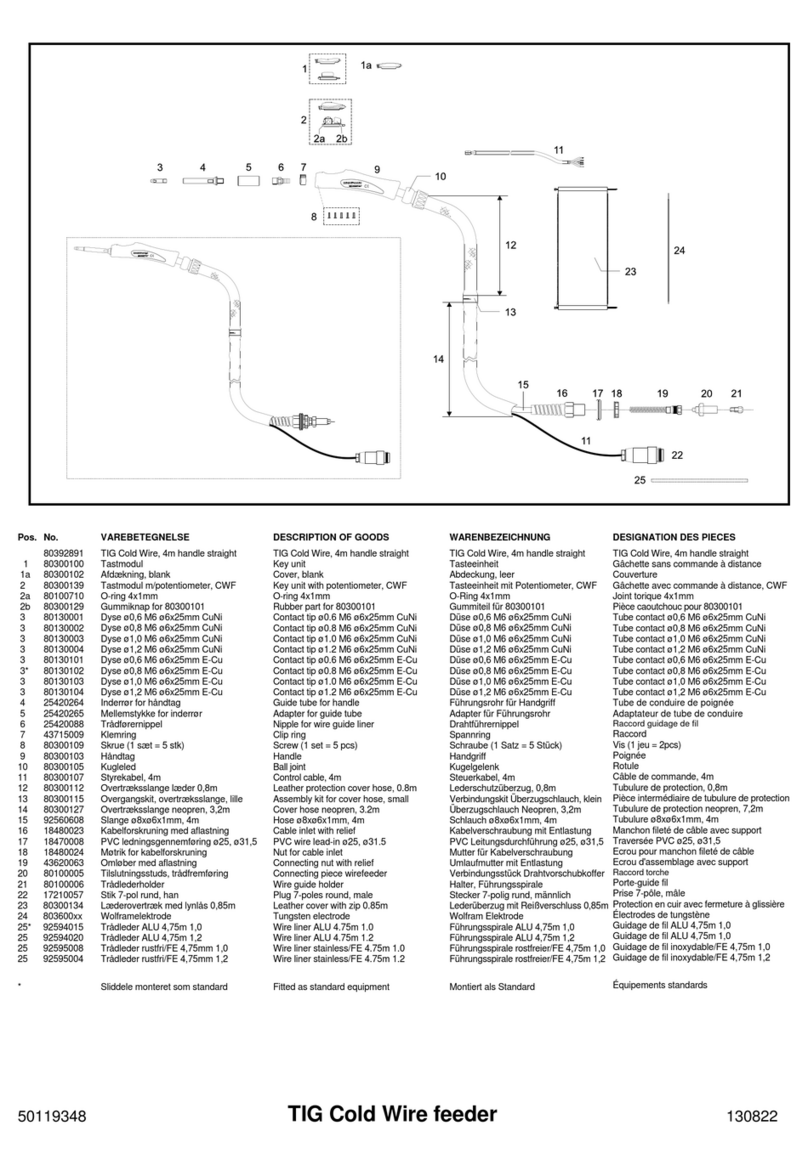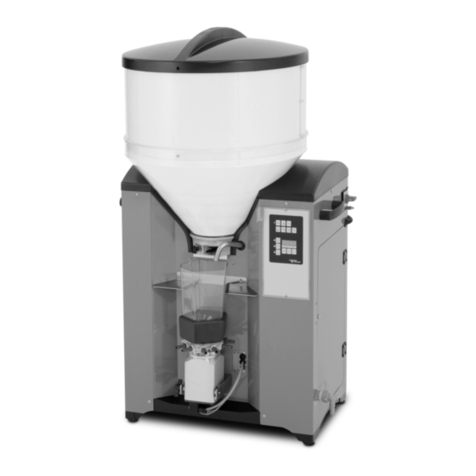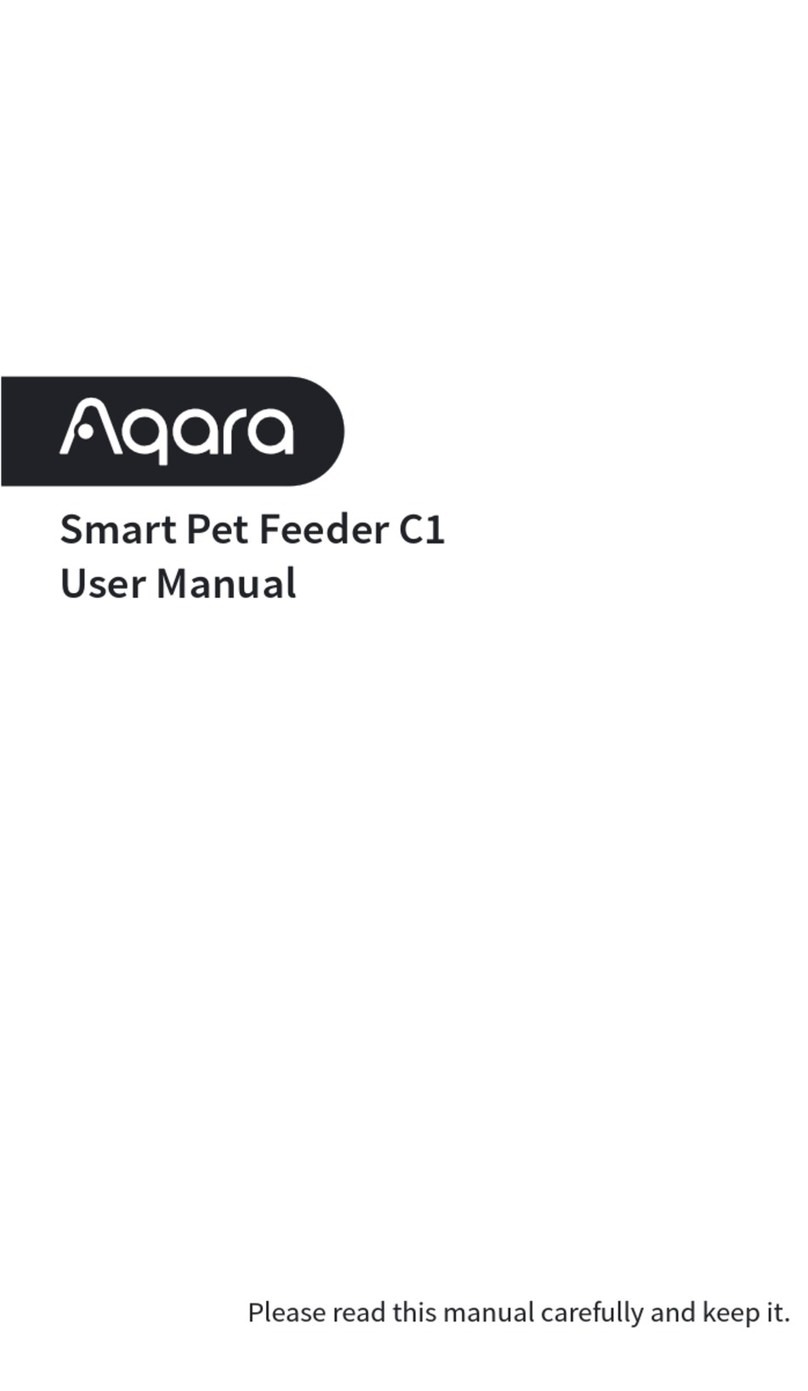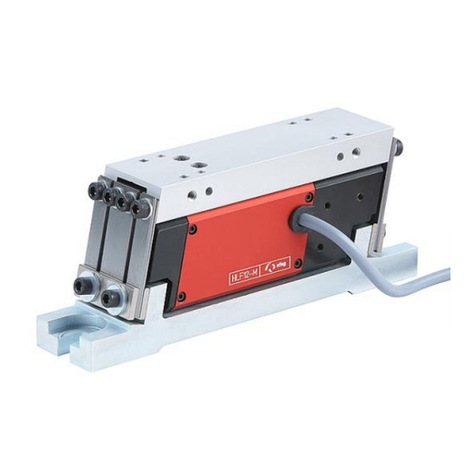
RFS INSTALLATION GUIDELINES
HYBRIFLEX® mMIMO | 603400209500 | July 2019
Visit www.rfsworld.com for the most current product specifications
Page 3 of 32
Introduction to HYBRIFLEX®
RFS’ HYBRIFLEX Remote Radio Head (RRH) hybrid feeder cabling solution combines multiple elements,
including optical fiber and DC power, for RRHs in a single lightweight cable, making it the world’s most
innovative solution for RRH deployments. It was developed to reduce installation complexity and cost at
macro sites. HYBRIFLEX allows mobile operators deploying RRH architecture to standardize the RRH
installation process. HYBRIFLEX combines optical fiber, power and alarm wire in a single jacketed cable and
can connect multiple RRHs with a single feeder. Standard RFS CELLFLEX® coaxial cable accessories may be used
with HYBRIFLEX cable. Both pre-terminated and on-site terminated options are available. The rugged jacket
and copper wrapped armor facilitates easy transportation, handling, and installation.
These short instructions were written for qualified and experienced personnel. They describe, in few words,
the main points that MUST be noted during installation, without any claim of completeness.
Any liability or warranty for results of improper or unsafe use is disclaimed!
General remarks:
In principle, care must be taken to avoid all such strain that may cause permanent deformation on the cable,
e.g. going below admissible bending radii, kinking, applying too high tensile stress or forcible deformation (e.g.
pulling over sharp edges, over tightening of clamps etc.).
HYBRIFLEX Feeder Configuration
This installation guideline supports HYBRIFLEX cable available in small, medium and large riser trunk
configurations, 1x16, 2x16, 4x24, 5x24, 3x48 and 6x48. The trunk cable assemblies comprise of 4 or 6 AWG DC
wires and up to forty-eight (48) pairs of Multi-Mode fiber, terminated with ODVA, D-LC, MPO or outdoor rated
MPO connectors, depending upon the configuration.
HYBRIFLEX trunk cable assemblies are factory constructed specifically to suit this application, ensuring
trouble-free installation. Additional features that ease installation and ensure durability throughout service
life include:
Robust breakout design with identified optical fibers and power conductors
Stranded construction for easy bending and maximum fiber protection
Copper wrap shield protects from crush and animal damage
Integrated rip cords for length management
Factory test certificate available for every cable assembly
Smartly packaged, easy fiber end face access for pre-testing
The installation instructions here within, apply to (but not limited to) the following HYBRIFLEX families:
